- Why Neglected Currants Need Revitalization
- 1. Health and Vigor
- 2. Yield and Harvest
- 3. Aesthetic Appeal
- 4. Preservation of Heritage Varieties
- 5. Environmental Benefits
- Understanding the Importance of Currant Bushes
- 1. Nutritional Value
- 2. Culinary Uses
- 3. Medicinal Properties
- 4. Pollinators and Wildlife
- 5. Ornamental Value
- 6. Easy to Grow
- Signs of Neglect and Decline
- Assessing the Damage: Is There Still Hope?
- Signs of Neglect
- Assessing the Health of the Bush
- Consulting an Expert
- Steps to Revitalize Neglected Currants
- 1. Prune the Bush
- 2. Clear the Area
- 3. Apply Fertilizer
- 4. Mulch the Base
- 5. Water Regularly
- 6. Protect from Pests
- 7. Harvest Ripe Fruit
- 8. Prune Annually
- 9. Monitor for Diseases
- 10. Enjoy Fresh Currants
- Choosing the Right Pruning Technique
- Reviving the Soil: Nourishing Neglected Currants
- Soil Testing
- Adding Organic Matter
- Applying Fertilizer
- Mulching
- Regular Watering
- Pruning and Maintenance
- Protecting Against Pests and Diseases
- 1. Regular Inspections
- 2. Proper Pruning
- 3. Mulching
- 4. Pest Control
- 5. Disease Prevention
- 6. Resistant Cultivars
- 7. Crop Rotation
- 8. Regular Fertilization
- Ensuring Continued Growth and Productivity
- Regular Pruning
- Fertilization
- Watering
- Pest and Disease Control
- Harvesting and Pruning After Fruit Production
- Continued Care and Observation
- Question-answer:
- Why are my currant bushes neglected?
- How can I revitalize neglected currant bushes?
- What are the signs of a neglected currant bush?
- Can neglected currant bushes be saved?
- What should I do if my currant bush is severely neglected?
- Video: How to prune a red or white currant bush
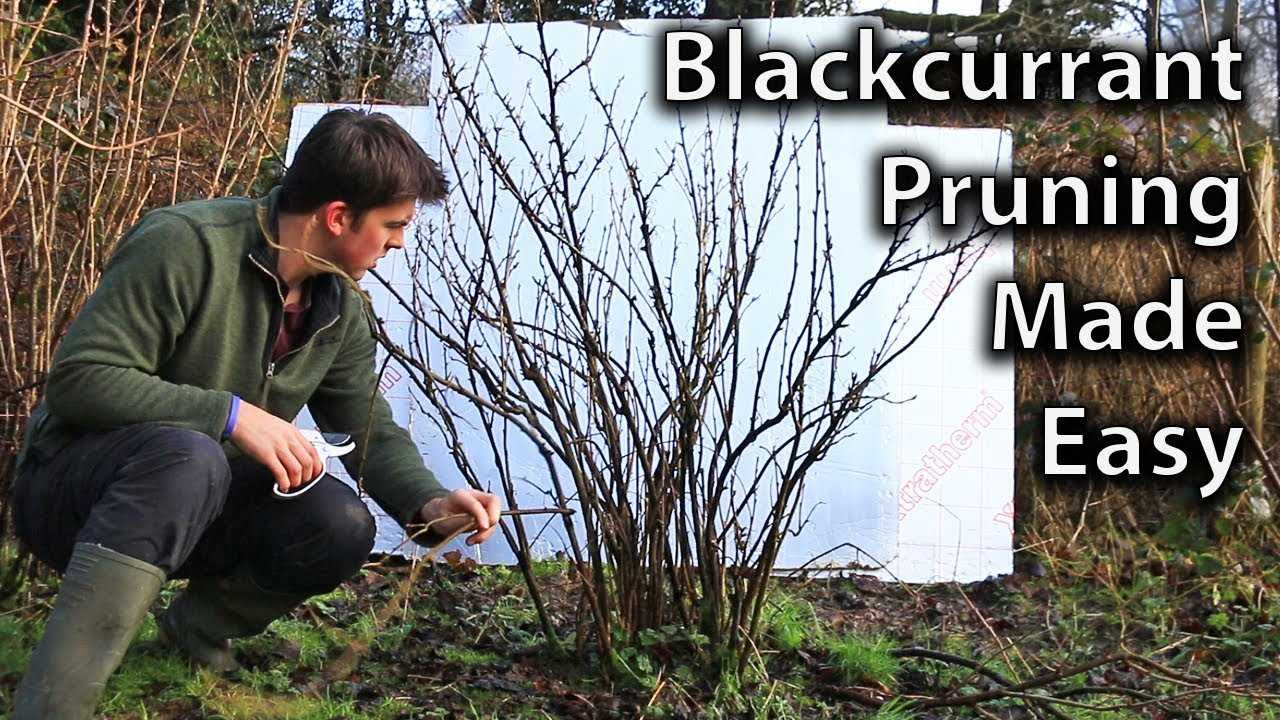
Have you neglected your currant bushes and now they are looking sad and unhealthy? Don’t worry, there is still hope! With a little bit of love and care, you can revitalize your neglected currants and save the bush.
First and foremost, it’s important to understand why your currant bushes have become neglected. Perhaps you have been too busy to give them the attention they need, or maybe you simply didn’t know how to properly care for them. Whatever the reason, it’s time to take action and bring your currant bushes back to life.
Start by pruning your bushes. Remove any dead or damaged branches, as well as any branches that are crowding the center of the bush. This will help improve air circulation and allow more sunlight to reach the inner branches. Be sure to use sharp, clean pruning shears to make clean cuts.
After pruning, give your currant bushes a good fertilizing. Use a balanced, slow-release fertilizer that is specifically designed for fruit-bearing plants. Follow the instructions on the package for proper application, taking care not to over-fertilize as this can lead to burned roots and further damage to the bush.
Finally, don’t forget to provide your currant bushes with plenty of water. Currants require regular watering, especially during dry spells. Make sure to water deeply and thoroughly, allowing the water to penetrate the soil and reach the roots. Consider adding a layer of mulch around the base of the bush to help retain moisture.
With regular pruning, fertilizing, and watering, your neglected currants will soon start to show signs of life. As new growth emerges and the bush begins to thrive, you can look forward to a bountiful harvest of juicy and delicious currants.
Why Neglected Currants Need Revitalization
Neglected currant bushes require revitalization for several important reasons. Let’s take a closer look at why it is necessary to save these neglected currant bushes and how to go about revitalizing them.
1. Health and Vigor
A neglected currant bush often suffers from poor health and lack of vigor. Over time, these bushes can become weak and prone to diseases and pests. By revitalizing a neglected currant bush, you can restore its health and vigor, promoting better growth and productivity.
2. Yield and Harvest
When a currant bush is neglected, its yield and harvest can significantly decline. By providing proper care and attention to a neglected bush, you can revive its productivity. This means a higher yield of delicious currants for you to enjoy.
3. Aesthetic Appeal
A neglected currant bush can look unsightly and detract from the overall aesthetic appeal of your garden or landscape. By revitalizing the bush, you can improve its appearance, bringing beauty and vibrancy back to your outdoor space.
4. Preservation of Heritage Varieties
In some cases, neglected currant bushes may be heritage varieties that hold historical or cultural significance. By revitalizing these neglected bushes, you can help preserve these unique varieties for future generations to enjoy.
5. Environmental Benefits
Currant bushes play an important role in the ecosystem by attracting pollinators and providing habitat for birds and other wildlife. By revitalizing neglected currant bushes, you can contribute to the ecological balance of your garden and help support biodiversity.
In conclusion, neglected currant bushes need revitalization to regain health, productivity, and aesthetic appeal. By reviving these bushes, you can preserve heritage varieties, contribute to the environment, and enjoy a bountiful harvest of delicious currants.
Understanding the Importance of Currant Bushes
Currant bushes are an important addition to any garden or orchard. They not only provide tasty fruits but also offer a range of benefits that make them valuable assets to any landscape.
1. Nutritional Value
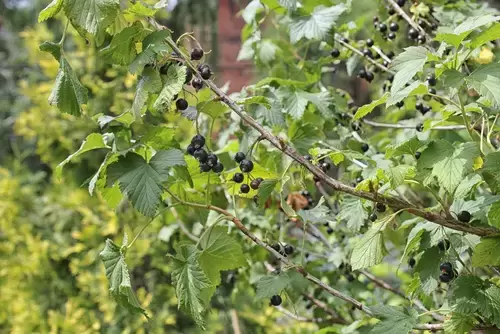

Currants are packed with essential nutrients, making them a great addition to a healthy diet. They are rich in vitamin C, antioxidants, and minerals such as potassium and manganese. Incorporating currants into your meals can help boost your immune system, support healthy skin, and promote overall well-being.
2. Culinary Uses
Currants have long been used in cooking and baking. Their tart and slightly sweet flavor adds depth to a wide range of dishes. From jams and jellies to pies, cakes, and sauces, currants are versatile and enhance the taste of many recipes.
3. Medicinal Properties
Aside from their nutritional value, currants are known for their potential health benefits. They have been used in traditional medicine to treat various ailments. Some studies suggest that currants may have anti-inflammatory, anti-cancer, and cholesterol-lowering properties. However, it’s important to consult a healthcare professional before using currants for medicinal purposes.
4. Pollinators and Wildlife
Currant bushes attract a variety of pollinators, such as bees and butterflies. These insects play a crucial role in pollinating plants, which is essential for the reproduction of many fruits and flowers. Additionally, the fruits of currant bushes serve as a valuable food source for birds and other wildlife, helping to support biodiversity in your garden.
5. Ornamental Value
Not only do currant bushes offer practical benefits, but they also have ornamental value. With their attractive foliage and clusters of colorful berries, currant bushes can enhance the visual appeal of your garden. They can be planted as hedges, used as bedding plants, or grown in containers to add beauty and interest to your outdoor space.
6. Easy to Grow
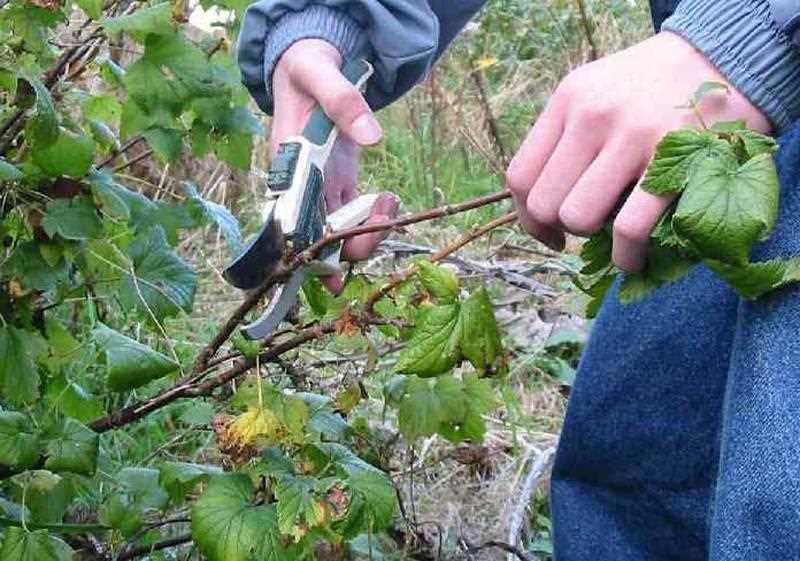

Currant bushes require minimal care and are relatively easy to grow. They are adaptable to different soil types and can thrive in various environmental conditions. With proper pruning and maintenance, currant bushes can continue to produce abundant fruits for many years.
In conclusion, currant bushes offer numerous benefits, ranging from their nutritional and medicinal value to their role in supporting pollinators and wildlife. Whether you enjoy them fresh, use them in recipes, or simply appreciate their ornamental value, currant bushes are a worthwhile addition to any garden.
Signs of Neglect and Decline
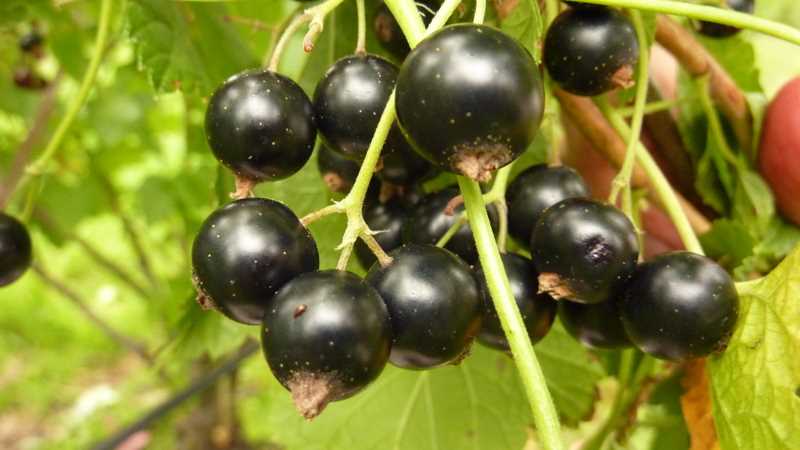

If your currant bush is neglected, it will begin to show signs of decline. Here are some common indicators that your currant bush needs revitalization:
- The branches are overgrown and tangled, making it difficult for sunlight and air to reach the center of the bush.
- The leaves are pale or yellowing, indicating a lack of essential nutrients like nitrogen.
- There is an abundance of dead or diseased branches, which can spread to other parts of the bush if not removed.
- The fruit production is significantly reduced or non-existent.
- The overall size of the bush has decreased over time.
- Weeds have taken over the area around the bush, competing for nutrients and water.
- The soil around the bush is compacted and lacking organic matter.
- Pests or diseases have infested the currant bush, causing damage to leaves, branches, or fruit.
If you notice any of these signs, it is important to take action to revitalize your neglected currant bush before it is too late. By addressing these issues, you can restore the health and productivity of your currant bush and enjoy a bountiful harvest.
Assessing the Damage: Is There Still Hope?
Before you can begin to revitalize neglected currants, it’s essential to assess the damage and determine if there is still hope for the bush. Neglected currant bushes can suffer from various issues, including lack of pruning, poor soil conditions, pest infestations, and diseases.
Signs of Neglect
- Overgrown branches and excessive foliage
- Weak or stunted growth
- Yellowing or discolored leaves
- Poor fruit production
- Pest or disease damage
These signs indicate that the currant bush has been neglected and requires immediate attention for its survival.
Assessing the Health of the Bush
To determine if there is still hope for the neglected currant bush, carefully inspect its overall health.
- Prune away excess growth: Remove any overgrown or entangled branches, as they can inhibit air circulation and promote disease.
- Inspect the stems and branches: Look for signs of disease, such as wilting, cankers, or discoloration.
- Check the leaves: Healthy currant leaves should be green and free from spots or discoloration. Yellowing leaves may indicate nutrient deficiencies or pest infestations.
- Evaluate fruit production: Neglected currant bushes may produce fewer or smaller fruit. If the fruit is shriveled or damaged, it could indicate pest or disease issues.
- Examine the soil: Test the soil’s pH level and nutrient content. Neglected currant bushes often suffer from poor soil conditions, which can negatively impact their health.
Consulting an Expert
If you’re unsure about the health of your neglected currant bush or need assistance in assessing the damage, consider consulting a gardening expert or a local agricultural extension office. They can provide valuable advice and guidance on how to revive your currant bush.
Remember, with proper care and attention, even neglected currant bushes can be revitalized and thrive once again!
Steps to Revitalize Neglected Currants
1. Prune the Bush
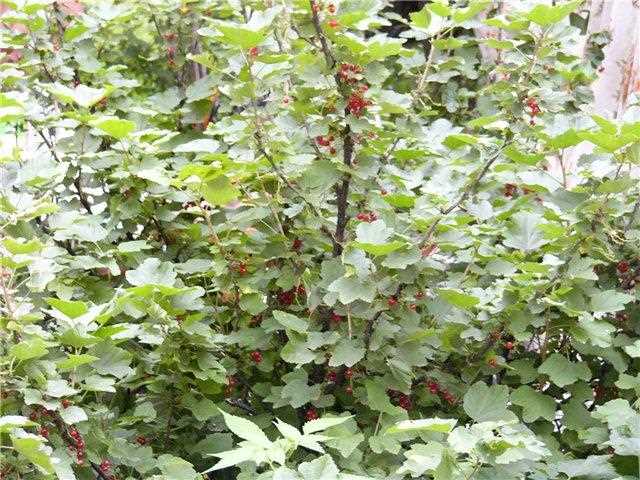

To revitalize neglected currant bushes, start by pruning them to remove any dead or diseased branches. Use clean and sharp pruning shears to make clean cuts, leaving behind healthy branches.
2. Clear the Area
Clear any weeds or debris from around the currant bush. This will ensure that the bush has enough space to grow without competition for resources.
3. Apply Fertilizer
Neglected currant bushes often lack essential nutrients. Apply a balanced fertilizer specifically formulated for fruit bushes. Follow the instructions on the fertilizer package for proper application and dosage.
4. Mulch the Base
Spread a layer of organic mulch, such as wood chips or compost, around the base of the currant bush. Mulching helps conserve moisture, suppresses weed growth, and provides additional nutrients as it decomposes.
5. Water Regularly
Water the currant bush regularly, especially during dry periods. Provide enough water to keep the soil consistently moist but not waterlogged.
6. Protect from Pests
Monitor the currant bush for any signs of pest infestation, such as aphids or caterpillars. Use organic pest control methods, such as insecticidal soap or neem oil, to protect the bush from pests.
7. Harvest Ripe Fruit
Once the currant bush starts producing ripe fruit, harvest them regularly. This not only encourages further fruit production but also prevents the branches from becoming weighed down and breaking.
8. Prune Annually
To keep the currant bush healthy and productive, make it a habit to prune it annually. This helps remove old wood and encourages new growth for the following year.
9. Monitor for Diseases
Keep an eye out for any signs of diseases, such as powdery mildew or leaf spot. If you notice any symptoms, take appropriate measures, such as applying fungicides or removing infected branches, to prevent the spread of disease.
10. Enjoy Fresh Currants
Finally, enjoy the fruits of your labor! Use the freshly harvested currants in various recipes, such as jams, jellies, pies, or enjoy them fresh off the bush.
Choosing the Right Pruning Technique
Pruning is an essential step in revitalizing neglected currant bushes. It helps remove dead or diseased wood, promotes new growth, and improves the overall health and productivity of the shrub. However, choosing the right pruning technique is crucial to ensure the best results. Here are a few common pruning techniques for neglected currants:
- Cane Renewal Pruning: This technique involves removing all the old and unproductive canes to make room for new ones. Start by cutting back one-third of the oldest canes at ground level. Repeat this process for the next two years until all the old canes are removed. This allows new shoots to grow vigorously and increases yield.
- Thinning Pruning: Thinning pruning is recommended for currant bushes that have become overcrowded. It involves selectively removing a few of the weaker or less productive canes to improve air circulation and sunlight penetration. This technique allows the remaining canes to receive more nutrients and grow stronger.
- Heading Back Pruning: This technique is suitable for currant bushes with weak or spindly growth. It involves cutting back the main branches by one-third to stimulate new growth and create a more compact and vigorous plant. Heading back pruning is commonly done in early spring before the new growth starts.
It’s important to note that different pruning techniques are suitable for different types of currant bushes and their specific needs. It’s recommended to research and understand the specific requirements of your currant variety before pruning. Also, make sure to use clean and sterilized pruning tools to prevent the spread of diseases. By choosing the right pruning technique and following proper practices, you can successfully revitalize neglected currant bushes and enjoy a bountiful harvest.
Reviving the Soil: Nourishing Neglected Currants
Revitalizing neglected currants starts with restoring the health of the soil they grow in. Neglected currant bushes often suffer from nutrient deficiencies and poor soil quality, which can lead to stunted growth and decreased fruit production. By nourishing the soil, you can help revive the roots of the currant bushes and promote their overall health and vigor.
Soil Testing
Before you begin nourishing the soil, it’s important to conduct a soil test to determine its nutrient levels and pH. This will provide valuable information on what amendments may be needed to improve the soil quality for currant bushes. Soil testing kits are available at garden centers or through agricultural extension offices.
Adding Organic Matter
One of the most effective ways to improve soil quality is by adding organic matter. This can be done by incorporating compost or well-rotted manure into the soil. Organic matter improves the soil’s structure, drainage, and fertility, providing a favorable environment for root growth and nutrient uptake.
Applying Fertilizer
In addition to organic matter, currant bushes may benefit from the application of a balanced fertilizer. Look for a fertilizer with equal amounts of nitrogen, phosphorus, and potassium (N-P-K). Apply the fertilizer according to the package instructions, usually in early spring before the growing season begins.
Mulching
Applying a layer of mulch around the base of the currant bushes can help conserve moisture, suppress weeds, and improve soil structure. Organic materials such as straw, wood chips, or shredded leaves make excellent mulches. Ensure that the mulch is applied in a layer about 2-4 inches thick, being careful to keep it a few inches away from the base of the bushes to prevent rot.
Regular Watering
Proper watering is crucial for the health of neglected currant bushes. Ensure that the soil is consistently moist but not waterlogged. Water deeply, allowing the water to penetrate the root zone, and avoid shallow watering that can encourage shallow root growth. Regularly monitor the soil moisture levels and adjust your watering schedule accordingly.
Pruning and Maintenance
While nourishing the soil is essential, regular pruning and maintenance of neglected currant bushes are also important for their revival. Prune out any diseased or dead branches, as well as any crowded or crossing branches. This will improve airflow and sunlight penetration, reducing the risk of diseases and encouraging new growth.
By reviving the soil and providing the proper care, you can give neglected currant bushes a new lease on life. With time, attention, and patience, you will see your currant bush thrive and produce an abundance of delicious fruit.
Protecting Against Pests and Diseases
Protecting your currant bush against pests and diseases is essential to ensure its health and productivity. Here are some tips to help you keep your currants free from harmful invaders:
1. Regular Inspections
Regularly inspect your currant bush for any signs of pests or diseases. Look for damaged leaves, stems, or fruits, as well as unusual discoloration or growth. Catching the problem early will make it easier to control and prevent further damage.
2. Proper Pruning
Pruning your currant bush correctly can help improve its airflow and sunlight exposure, making it less attractive to pests and diseases. Remove any dead or diseased branches, and thin out crowded areas to promote better circulation.
3. Mulching
Apply a layer of mulch around the base of your currant bush to help retain moisture and prevent weed growth. This will create a healthier environment for the plant and reduce the risk of attracting pests.
4. Pest Control
Use organic pest control methods to protect your currant bush from common pests like aphids, spider mites, and caterpillars. You can use insecticidal soap, neem oil, or introduce beneficial insects such as ladybugs that feed on these pests. Avoid using chemical pesticides that can harm beneficial insects and pollinators.
5. Disease Prevention
Prevent fungal and bacterial diseases by practicing good sanitation in your garden. Remove any fallen leaves or infected plant debris and dispose of them properly. Water your currant bush at the base and avoid splashing water on the leaves to prevent the spread of diseases.
6. Resistant Cultivars
Consider planting currant varieties that are resistant to common pests and diseases. Resistant cultivars are less likely to be affected, reducing the need for intensive pest and disease control.
7. Crop Rotation
Rotate your currant bush with other crops in your garden to disrupt the life cycle of pests and diseases. This practice helps prevent the buildup of specific pests and pathogens that target currants.
8. Regular Fertilization
Fertilize your currant bush regularly to promote its overall health and vigor. A well-nourished plant is better equipped to withstand pest and disease attacks.
By following these preventive measures and practicing good garden hygiene, you can protect your currant bush from pests and diseases, ensuring its longevity and productivity.
Ensuring Continued Growth and Productivity
Revitalizing neglected currants is only the first step towards bringing the bush back to a healthy state. To ensure continued growth and productivity, the following measures should be taken:
Regular Pruning
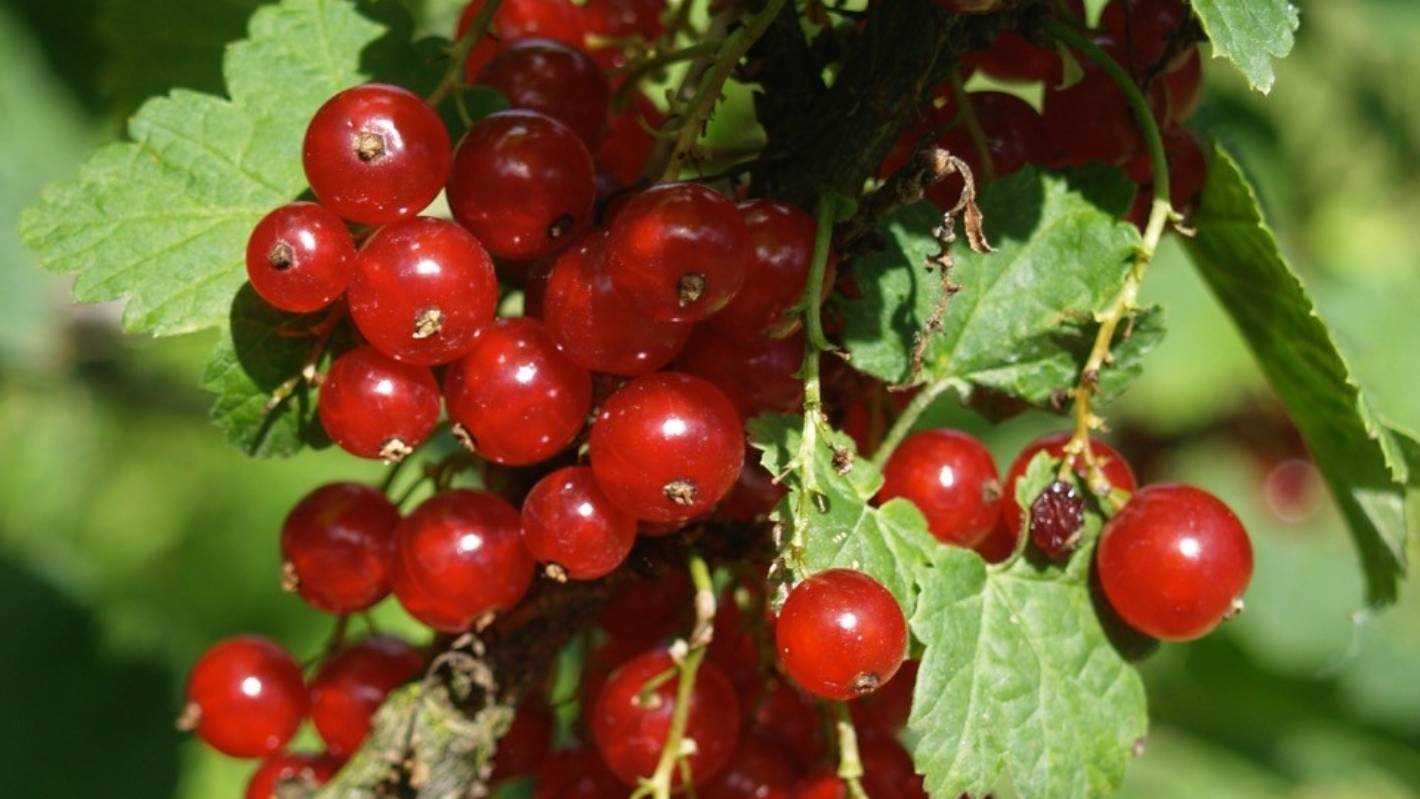

Pruning is an essential part of currant bush maintenance. It helps to remove dead, damaged, or diseased wood, as well as stimulate new growth. Prune the currant bush during the dormant season, when it is not actively growing. Cut out any weak or crossing branches, and maintain an open center to allow sunlight to reach the middle of the bush.
Fertilization
Proper fertilization is crucial for the health and productivity of currant bushes. Apply a balanced fertilizer in early spring, before new growth starts. Follow the manufacturer’s instructions for the correct amount to apply. Organic fertilizers, such as compost or well-rotted manure, can also be used to provide nutrients to the plants.
Watering
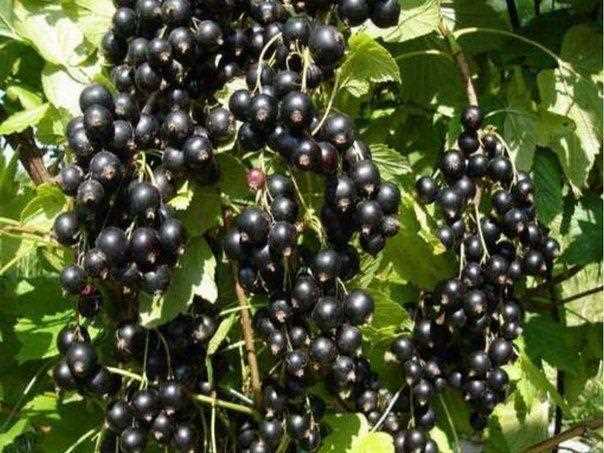

Regular watering is necessary for the survival and growth of currant bushes. Provide a deep watering once or twice a week, depending on the weather conditions. It is important to keep the soil consistently moist, but not saturated. Mulching around the base of the bush can help retain moisture and reduce weed growth.
Pest and Disease Control
Monitor the currant bush regularly for any signs of pests or diseases. Common pests include aphids, currant bud mites, and currant fruit flies. Use appropriate organic or chemical control methods to manage pests. Fungal diseases, such as powdery mildew or leaf spot, can also affect currant bushes. Remove any infected leaves or branches and apply fungicides as directed by a professional.
Harvesting and Pruning After Fruit Production
After the currant bush has produced fruit, it is important to harvest the berries promptly. Leaving overripe or rotting berries on the bush can attract pests and increase the risk of disease. Once the fruit is harvested, prune the bush lightly to remove any dead or weak wood. This will promote new growth and prepare the bush for the next season.
Continued Care and Observation
Continued care and observation are essential for the long-term health and productivity of currant bushes. Regularly inspect the plants for any signs of stress, pests, or diseases. Adjust watering, fertilization, and pruning schedules as needed. With proper care, your revitalized currant bush will continue to grow and provide you with delicious berries for years to come.
Question-answer:
Why are my currant bushes neglected?
There can be several reasons why currant bushes are neglected. It could be due to lack of time or knowledge on how to properly care for them. Sometimes, other plants or trees overshadow the currant bushes and they do not receive enough sunlight. Neglecting to prune or fertilize the bushes regularly can also lead to neglect.
How can I revitalize neglected currant bushes?
To revitalize neglected currant bushes, you can start by pruning them during the dormant season to remove dead or damaged branches and improve air circulation. Apply a balanced fertilizer in early spring and mulch around the base of the bushes to retain moisture. Regularly check for pests and diseases, and treat accordingly. Finally, make sure the bushes receive adequate sunlight and water.
What are the signs of a neglected currant bush?
Signs of a neglected currant bush include spindly or weak growth, yellowing or dropping leaves, lack of fruit production, and presence of pests or diseases. The bush may also have overgrown branches and lack proper airflow. If the bush is not regularly pruned or fertilized, it is likely neglected.
Can neglected currant bushes be saved?
Yes, neglected currant bushes can often be saved if proper care is given in time. By implementing regular pruning, fertilizing, and pest/disease control, the bushes can regain their health and vigor. It is important to act promptly and provide the necessary care to prevent further deterioration or permanent damage.
What should I do if my currant bush is severely neglected?
If your currant bush is severely neglected, it may require more intensive care to revive it. Consider rejuvenation pruning, which involves cutting the bush down to 6-12 inches from the ground to stimulate new growth. You may also need to address any underlying issues such as nutrient deficiencies or soil pH imbalances. Consulting with a horticulturist or experienced gardener can provide specific guidance for your situation.







